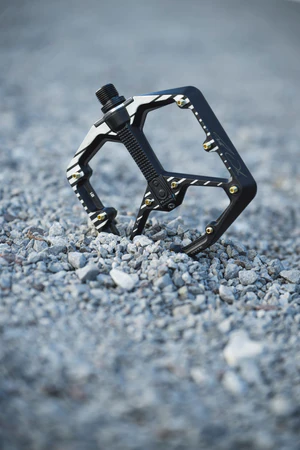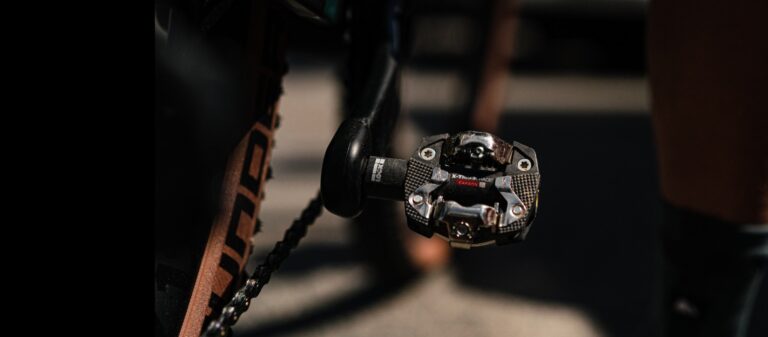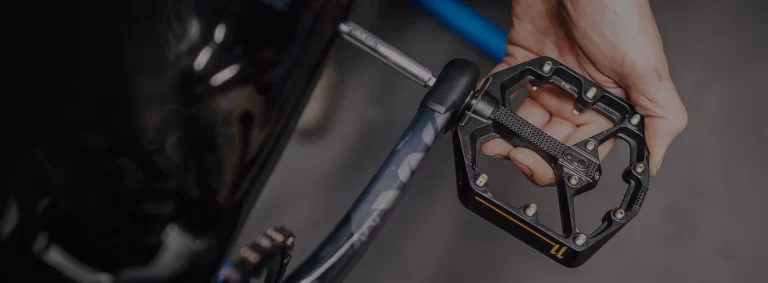Maintenance Tips for Keeping Your Bike Pedals Smooth

Key Point Summary of Maintenance Tips for Keeping Your Bike Pedals Smooth:
- Regular Cleaning: Keep your pedals clean from mud, grime, and debris to prevent wear and ensure smooth operation.
- Lubrication: Properly lubricate the spindle and moving parts to reduce friction and protect against corrosion.
- Inspection: Regularly inspect your pedals for signs of wear or damage, such as loose bearings or worn-out cleats.
- Tightening and Adjustments: Ensure your pedals are securely fastened to the crank arms and adjust tension settings as needed for optimal performance.
As a masters cyclist with years of experience across various disciplines, including mountain biking, gravel riding, and cyclocross, I’ve come to appreciate the importance of regular maintenance to keep my bike in top condition. One area that often gets overlooked but is crucial to your cycling experience is pedal maintenance. Here, I’ll share some tips and tricks to ensure your pedals remain smooth and reliable, no matter where your rides take you.
Dive into Maintenance
Keeping It Clean
The first step in pedal maintenance is keeping them clean. After each ride, especially in muddy or wet conditions, take the time to wipe down your pedals. Use a brush and soapy water to remove any stubborn dirt, ensuring the mechanism remains free of debris. This simple habit can prevent the buildup of grime that can wear down components over time.
Lubrication: The Key to Smoothness
Lubrication is vital for maintaining smooth pedal operation. Use a quality bicycle-specific lubricant to lightly grease the spindle and any moving parts. For clipless pedals, applying a small amount of lubricant to the cleat mechanism can make clipping in and out smoother and prevent squeaking. Be careful not to over-lubricate, as excess grease can attract dirt.
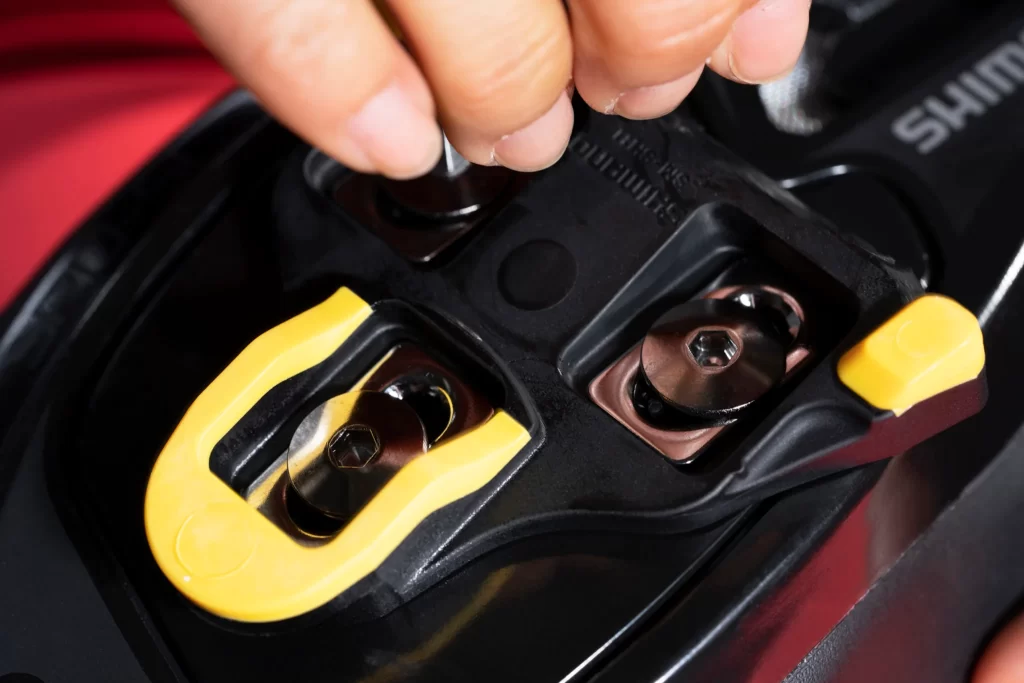
Regular Inspections: A Closer Look
Periodically, take a closer look at your pedals to check for signs of wear or damage. Pay attention to the bearings; if the pedals feel gritty or loose, it may be time for a bearing service. Check the pedal body and platform for cracks or significant wear, which could compromise safety. Also, inspect your cleats for wear, as worn-out cleats can affect your ability to clip in securely.
Tightening and Adjustments
Ensure your pedals are tightly secured to the crank arms. A loose pedal can lead to stripped threads, making it difficult or impossible to remove or properly secure the pedal later. For clipless pedal systems, adjust the tension settings to match your preference. Newer riders might prefer a looser setting for easier disengagement, while experienced cyclists may opt for a tighter setting for a more secure connection.
Why Maintenance Matters
From personal experience, neglecting pedal maintenance can lead to frustrating and potentially hazardous situations. I once found myself on a remote gravel ride with a pedal that kept disengaging due to a worn-out cleat and lack of tension adjustment. It was a stark reminder of the importance of regular inspections and keeping an eye on all parts of the pedal system.
On another occasion, during a cyclocross race, I encountered a competitor struggling with a pedal that wouldn’t clip in, likely due to a buildup of mud and lack of cleaning. It was a clear demonstration of how quickly conditions can affect pedal performance and the necessity of post-ride maintenance.
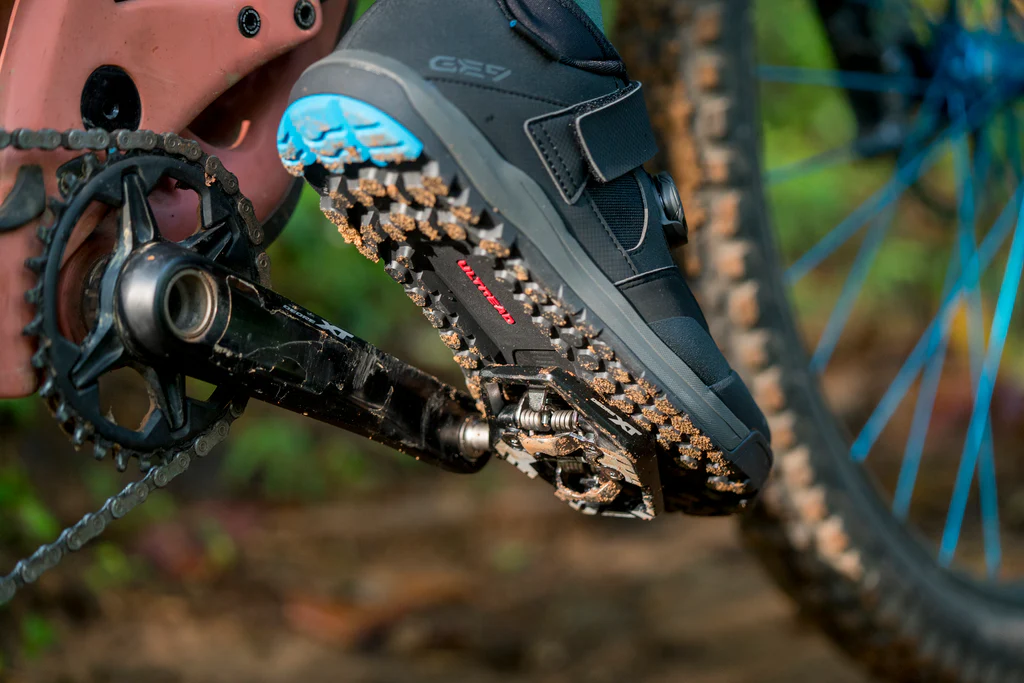
Maintenance Tips for Keeping Your Bike Pedals Smooth: Wrapping Up
Maintaining your bike pedals might seem like a minor part of bike care, but it’s essential for a smooth and enjoyable cycling experience. Regular cleaning, lubrication, inspections, and adjustments can prevent issues before they start, ensuring your rides are both efficient and safe. As someone who’s seen the impact of both well-maintained and neglected pedals, I can’t stress enough the importance of giving your pedals the attention they deserve.
Bike pedals that are easy to maintain tend to have simple designs, durable construction, and are often favored by cyclists across various disciplines for their reliability and ease of care. A few examples include:
- Shimano PD-M520: A classic SPD pedal known for its durability and straightforward maintenance. Its design allows for easy access to the spindle for greasing and the tension adjustment can be done with a simple Allen key.
- Crankbrothers Eggbeater: These pedals are famous for their minimalistic design, which naturally repels mud and debris, making them especially easy to maintain. They have four-sided entry for ease of clipping in and out and are straightforward to disassemble for cleaning and lubrication.
- Look Keo Classic: These road bike pedals are known for their user-friendly maintenance. The tension settings can be easily adjusted, and the pedal platform offers good stability. Access to the bearings for lubrication is also quite straightforward.
- Wahoo Speedplay Zero: Known for their dual-sided entry and adjustable float, Speedplay Zero pedals require regular lubrication, but their design makes this process easy. They also offer the unique advantage of being able to grease the bearings without disassembly, thanks to a built-in grease port.
- MKS Sylvan Road Pedals: For those who prefer a more traditional look and feel, the MKS Sylvan Road Pedals offer simplicity and ease of maintenance. They have a classic flat pedal design that’s easy to take apart for servicing.
These pedals are popular among cyclists who value durability and minimal maintenance. While specific care requirements may vary slightly from one model to another, regularly cleaning, lubricating, and checking for wear are general practices that will keep these pedals running smoothly.
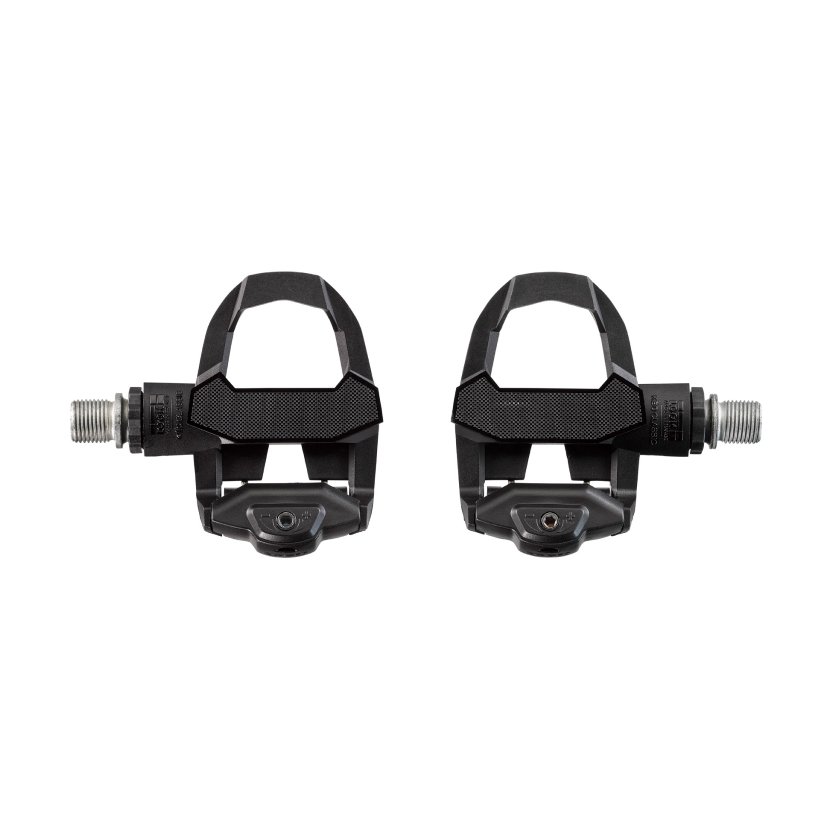
FAQ
How can I improve my pedal smoothness?
Improve pedal smoothness by regularly cleaning and lubricating the pedal bearings and ensuring the cleats are properly adjusted and not overly worn.
How do you lubricate bike pedals?
To lubricate bike pedals, remove them from the crank arms, disassemble the pedal body, clean all parts with a degreaser, then apply a bicycle-specific lubricant to the bearings before reassembling.
How can I make my bike ride smoother?
Make your bike ride smoother by ensuring proper tire pressure, regularly cleaning and lubricating the chain, checking alignment and tension of cables, and ensuring bearings in the headset, bottom bracket, and wheels are properly adjusted and lubricated.
Can you use wd40 on bike pedals?
It’s not recommended to use WD-40 on bike pedals as a lubricant because it is primarily a solvent. While it can help clean the pedals, it may not provide sufficient lubrication and can strip away necessary oils. Use a bicycle-specific lubricant instead.
Happy cycling, and may your pedals always turn smoothly!
John

